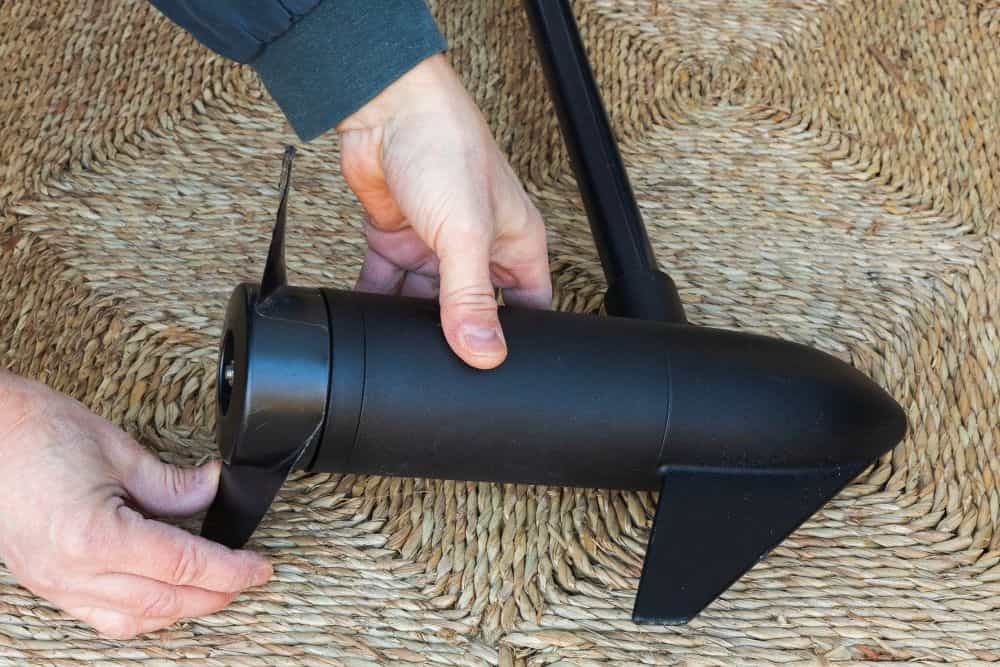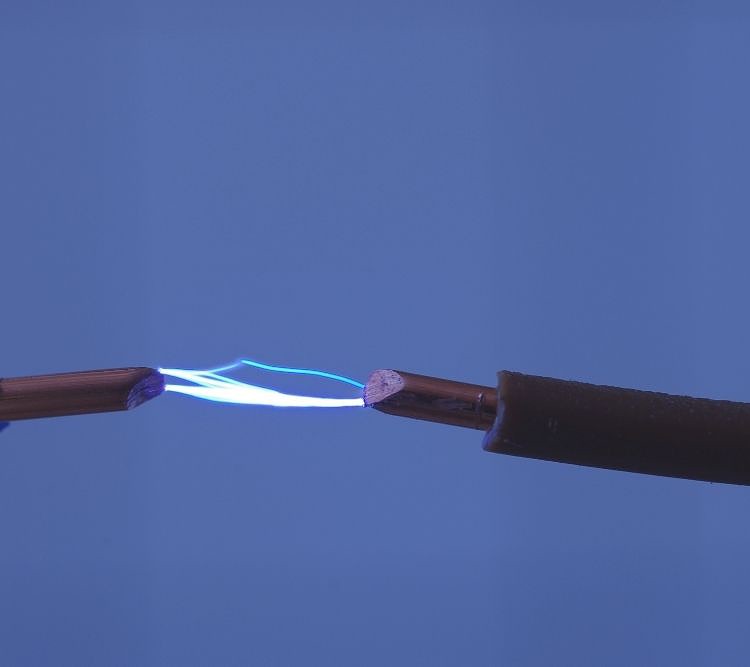Are you frustrated with the battery life you’re getting for your trolling motor? Do you feel like you’re going through batteries quickly and you don’t know why? Maybe you can’t afford to replace your batteries again!
With proper care, trolling motor batteries should last several years or more! If you’re not getting this much life out of your batteries, it’s time to troubleshoot your system to find out what is going wrong and what you can do to improve the situation.
Table of Contents
Your Battery Went Bad

The most common reason why your trolling motor dies fast is that the battery is going (or has gone) bad. Even if the battery has the proper amount of charge when it comes off the charger, it may not hold that charge.
To test this, hook your battery up to the charger and get a full charge on it. Then, let it sit for a few days. Don’t use it, touch it, move it, or handle it at all (if possible). Test the charge again, either by testing it with a multimeter on the voltage setting or by hooking it back up to the charger.
This video shows you one way to test the voltage of your trolling motor.
If it has discharged significantly, it’s not holding a charge the way it should. Replacing the battery should solve this problem. If this test comes back normal, take the battery to an auto parts store and ask them to run an electrolyte test and a battery load test.
If either of these has abnormal results, congratulations! You’ve found out that your battery is the problem and you can replace it with one that will not die so fast.
There’s Water in Your Motor
If there is even the smallest amount of water in your motor, it can drastically increase the amount of current that the trolling motor draws, especially when you’re out for several hours. This means that your battery has to work harder than normal to keep your trolling motor running well.
The water in the motor creates a complete circuit that draws a small amount of resistance. Even a 10% increase in the draw, though, can make a significant difference when it comes to your battery life.
If you have a multimeter, you can test this. Use the ohms setting and make sure you take the motorhead off while the boat is on the trailer so that it does not ground to the lake. You will be testing the power wire that runs from the battery to the motor for resistance.

Attach one multimeter probe to the power wire and touch the other to a bit of exposed metal on the motor’s housing. Any resistance can indicate a problem.
Keep the probes in place and spin the propeller. If it still doesn’t show any resistance, then this is not why your battery life is short.
If you do show resistance with either of these tests, do what needs to be done to remove the water from the motor. You may need to get your motor professionally serviced to achieve this.
Your Propeller Shaft is Fouled
It’s easy to get weeds or fishing lines wrapped around your propeller shaft without knowing about it. These can work their way up the shaft to damage the motor itself, or they can create extra resistance that your motor must fight if it wants to keep functioning properly.
To check your propeller shaft, start by removing power to the motor. You may also want to remove the motor from the boat so it’s easier to access.
Next, take the propeller off the motor. This usually involves removing a bolt, though the process is different for every make and model of motor. At this point, you should be able to see if there is anything wrapped around the shaft.

Gently remove anything wrapped around the shaft. You may need to use a screwdriver or a pocket knife to get it all out, especially if it has dried on or gotten tangled. Never pull or push too hard on your motor shaft.
If you can’t remove something wrapped around your propeller shaft, take the motor to a professional. After all, it’s not worth damaging your propeller shaft in the process of removing debris.
There’s a Short in the Electrical System

A short in one of the wires in your boat’s electrical system could be drawing extra current from your trolling motor battery, causing it to die faster than usual.
To test for a short, detach your trolling motor from its battery or batteries. Wrap the end of each circuit in electrical tape. Using a multimeter set to ohms, get a reading from your system cables.
If your multimeter shows any resistance, there’s a short. Find it by testing each connection junction to junction. When you see signs of resistance, replace the wires and test again.
Do this until there’s no extra resistance showing up on your meter. If you have tested and replaced and you still see signs of a short, take your trolling motor and battery to a marine electrician to get more help.
Your Wiring is Faulty
The best way to test for faulty wiring is to get your boat out on the water. Set it at about 70% of the maximum possible speed. You may want to get a friend to steer the boat while you run around checking the wiring.
Now, check all of your wires. Start by feel. If any of the wires feel hot to the touch, they probably need to be changed out.
You can also use your multimeter to test the voltage and amperage of each wire. The voltage should be high – around 12.3 volts if you have a 12-volt system and around 24.6 if you have a 24-volt system.

Since you are running your system at 70% power, you don’t want your amperage to be more than 70% of the max for your system. This number should be listed online or in the manual for your trolling motor.
If you find faulty wires, replace them and test again to make sure you found the problem and fixed it.
Conclusion
It’s important to know how to troubleshoot your trolling motor and its battery so you can get as much life as possible out of both of them. After all, they can be expensive to replace, and you don’t want to invest more in this system than you have to.
Once you figure out why your trolling motor battery won’t last, you should be able to fix the problem fast. Then you can get back to all of the fishing that you love so much.

I created this site to help people – to help you – with your boat problems. Instead of helping one person at a time, I want this website to be the “one-stop-shop” for everyone’s boating concerns. Read more.

